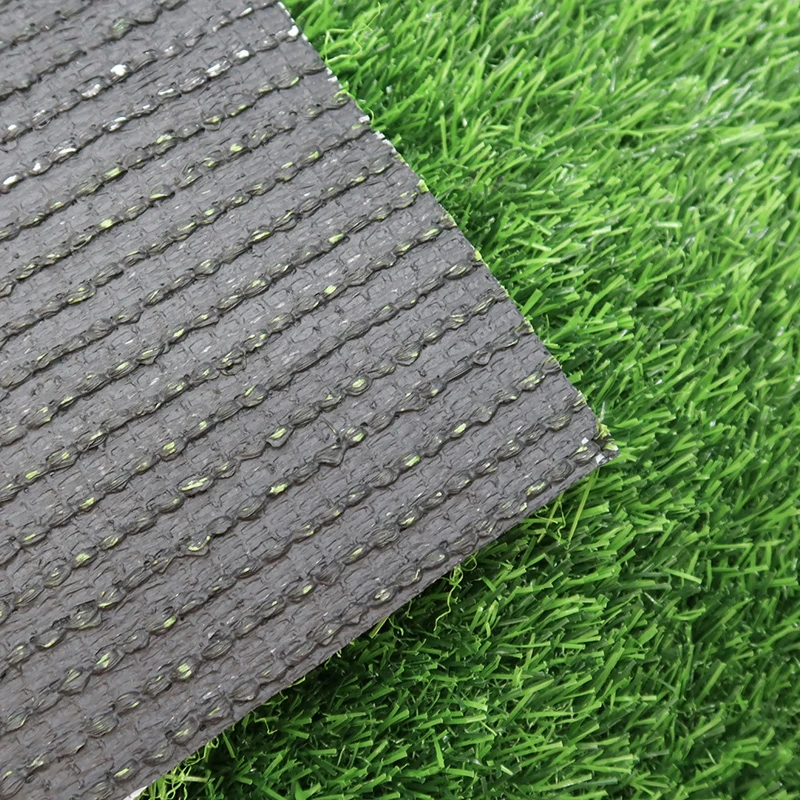
- Afrikaans
- Arabic
- Belarusian
- Bengali
- Czech
- Danish
- Dutch
- English
- Esperanto
- Estonian
- Finnish
- French
- German
- Greek
- Hindi
- Hungarian
- Icelandic
- Indonesian
- irish
- Italian
- Japanese
- kazakh
- Rwandese
- Korean
- Kyrgyz
- Lao
- Latin
- Latvian
- Malay
- Mongolian
- Myanmar
- Norwegian
- Persian
- Polish
- Portuguese
- Romanian
- Russian
- Serbian
- Spanish
- Swedish
- Tagalog
- Tajik
- Thai
- Turkish
- Turkmen
- Ukrainian
- Urdu
- Uighur
- Uzbek
- Vietnamese
artificial football turf
Nov . 05, 2024 18:56 Back to list
The Rise of Artificial Football Turf Revolutionizing the Game
In recent years, artificial football turf has become an essential component of modern sports facilities. With a surge in the popularity of football worldwide, the demand for high-quality playing surfaces has never been greater. Traditional natural grass fields, while beautiful and beloved, often struggle to meet the rigorous demands of competitive play. As a result, artificial turf has emerged as a viable alternative, offering numerous benefits that have revolutionized the way the game is played, maintained, and enjoyed.
One of the most significant advantages of artificial football turf is its durability. Unlike natural grass, which can become muddy and unplayable after rain, artificial surfaces can manage diverse weather conditions seamlessly. They provide an all-weather solution, allowing teams to train and play without interruption. This consistency in playing conditions is crucial for maintaining performance levels, especially for professional and collegiate teams that rely on regular practice and game schedules.
Moreover, artificial turf requires significantly less maintenance than natural grass. Maintaining a pristine grass field demands extensive resources, including regular mowing, watering, fertilizing, and pest control. These tasks are not only labor-intensive but also costly. In contrast, artificial turf needs minimal upkeep, typically involving occasional cleaning and infill replenishment. This reduction in maintenance efforts allows sports facilities to reallocate their resources towards enhancing the overall sporting experience, such as improving equipment, training programs, and fan engagement.
Safety is another critical consideration in sports, and advancements in artificial turf technology have made significant strides in this area. Early generations of synthetic turf were criticized for their hardness and potential to cause injuries. However, modern artificial pitches are engineered to provide better shock absorption and traction, reducing the risk of sprains and other injuries. Many synthetic turf manufacturers now focus on creating surfaces that imitate the feel of natural grass while ensuring player safety. This is particularly important at youth levels, where the care for player welfare is paramount.
artificial football turf

The versatility of artificial football turf also deserves mention. It can be installed in various settings, from professional stadiums to recreational fields in urban neighborhoods. Its adaptability allows communities to transform underutilized areas into vibrant sports hubs, encouraging youth participation and fostering a love for the game. Furthermore, artificial turf can be designed with various line markings for multiple sports, making it an appealing option for multi-sport facilities.
In addition to its functional advantages, artificial turf has environmental implications worth considering. While the production of synthetic materials has raised concerns regarding sustainability, many companies are now investing in recycled materials and eco-friendly practices. Some turf systems incorporate recyclable components, and the longevity of these surfaces means fewer replacements and less landfill waste over the years. Additionally, by eliminating the need for chemical fertilizers and pesticides typically used on natural grass, artificial turf can reduce the ecological footprint of sports facilities.
Despite the benefits, artificial turf is not without its detractors. Some argue that playing on synthetic surfaces can lead to a different style of play, affecting the development of skills in young athletes. Critics also point to the potential health risks associated with certain materials used in turf construction, though regulatory standards are continually evolving to mitigate these risks.
In conclusion, the implementation of artificial football turf is rapidly changing the landscape of sports. Its durability, lower maintenance costs, safety improvements, versatility, and potential environmental benefits all contribute to its growing acceptance among athletes, coaches, and facility managers. While debates over its use will continue, one truth remains artificial turf has transformed the way football is played and enjoyed, ensuring that the beautiful game can thrive in various settings and conditions. As technology progresses and innovations emerge, the future of artificial football turf looks promising, paving the way for a new era in sports played on sustainable and resilient surfaces.
-
The Benefits of Artificial Turf for Indoors
NewsJul.15,2025
-
How Artificial Grass Suppliers Ensure Quality Products
NewsJul.15,2025
-
Artificial Grass and Pets: A Space for Relaxation
NewsJul.08,2025
-
Balcony & Outdoor Decoration with Artificial Grass
NewsJul.08,2025
-
Best Indoor Artificial Grass for Home
NewsJul.07,2025
-
Best Pet Turf for Dogs: Safe & Durable Artificial Grass Options
NewsJul.07,2025
Products categories









